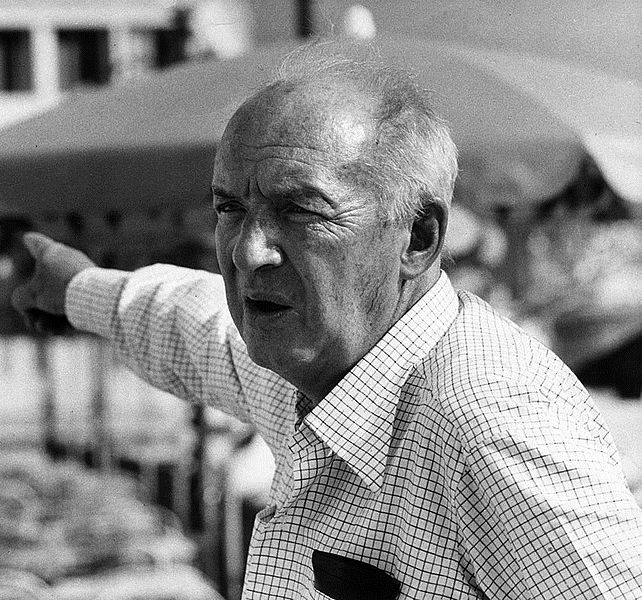
Teaching at Cornell in the 1950s, Vladimir Nabokov offered a European fiction course whose exam questions could be distressingly broad or pitilessly specific — some examples are given in an appendix to Lectures on Literature:
Bleak House
- Why did Dickens need to give Esther three suitors (Guppy, Jarndyce, and Woodcourt)?
- If you compare Lady Dedlock and Skimpole, which of them is the author’s greater success?
- Discuss the structure and style of Bleak House.
- Discuss John Jarndyce’s house. (Mangles? Surprised birds?)
- Discuss the visit to Bell Yard (Neckett’s children; and Mr. Gridley).
- Give at least four examples of the “child theme” in Bleak House.
- What kind of place was Bleak House — give at least four descriptive details.
- Where was Bleak House situated?
- How is the “bird theme” linked up with Krook?
- How is the “fog theme” linked up with Krook?
- Whose style are we reminded of when Dickens raises his voice?
- The social side (“upper class” versus “lower class” etc.) is the weakest one in Bleak House. Who was Mr. George’s brother? What part did he play? Should a major reader skip those pages, even if they are weak?
- Follow Mr. Guppy through Bleak House.
Madame Bovary
- Describe briefly Flaubert’s use of the counterpoint technique in the County Fair scene.
- There are numerous thematic lines in Madame Bovary, such as “Horse,” “Plaster Priest,” “Voice,” “The Three Doctors.” Describe these four themes briefly.
- Discuss Flaubert’s use of the word “and.”
- What character in Madame Bovary behaves in very much the same way as a character in Bleak House does under somewhat similar circumstances? The thematic clue is: “devotion.”
- Is there a Dickensian atmosphere about Flaubert’s description of Berthe’s infancy and childhood? (Be specific.)
- The features of Fanny Price and Esther are pleasantly blurred. Not so with Emma. Describe her eyes, hair, hands, skin.
- Would you say that Emma’s nature was hard and shallow?
- Would she prefer a landscape peopled with ruins and cows to one that contained no allusions to people?
- Did she like her mountain lakes with or without a lone skiff?
- What had Emma read? Name at least four works and their authors.
In his annotated copy of The Metamorphosis, Nabokov, a trained entomologist, observed that “A regular beetle has no eyelids and cannot close its eyes” — and thus Gregor Samsa is “a beetle with human eyes.”
